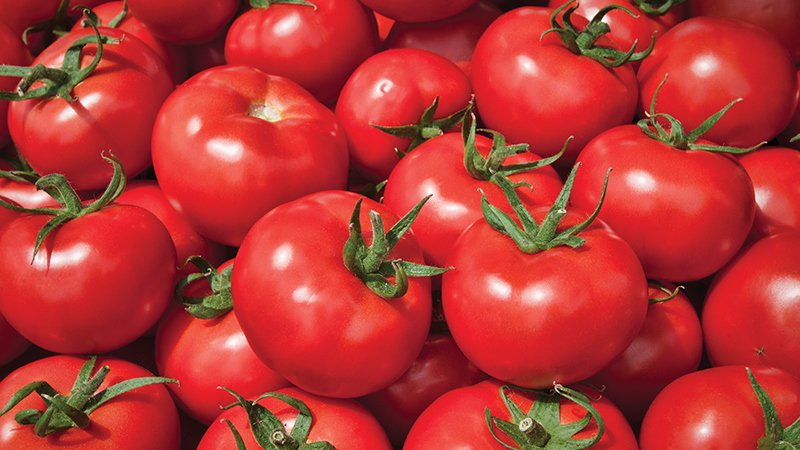Factors Affecting Weed Control In Almonds
When the quality of weed control achieved in a strip spray is poor, the finger is commonly pointed at the chemical of choice as the reason for fault. While it is not impossible that poor performance can occur due to an inferior product, there are many more opportunities for cultural missteps that will affect the performance of a strip spray.
Starting with the tank mix, the water source can have a significant impact. Water high in turbidity, salts, pH, or bicarbonates to name a few, can have a major negative effect on certain materials. Products such as glyphosate almost always perform better with water conditioning.
The timing of an application is very relevant. If materials subject to volatilization or photo-degradation are not incorporated with rainfall or irrigation, their potency may be reduced or not activated prior to weed emergence. If certain “tough” weeds are too large at the time of application, a total kill of the top and root may not be achieved. Also, if the weed canopy is very tall and thick, there may not be good contact with the active ingredient and the soil to form a long-lasting barrier for later germinating seeds. In the case of flax-leaf fleabane or marestail, multiple germinations over a wide range of seasonal temperatures allow for a few “misses” that eventually grow up to large plants in an otherwise clean strip.
Growers with populations of perennial weeds know all too well that no herbicide or combination of herbicides will give 100% pre-emergence control of tough orchard perennials such as Johnsongrass, bermudagrass, morningglory, or yellow nutsedge.
Check Your Sprayer
In my opinion, cultural practices that are substandard can have as much or more to do with poor strip spray performance than the above listed factors. Some lapses are quite simple, while others are major oversights. Improper nozzle spacing (too wide) or boom heights (too low) give poor overlap on a given side. If the outer-most nozzle does not cross over the tree row centerline adequately to give a double overlap from both sides, weed escapes will occur mid-row. This is more common with growers who have blocks with several different row spacings or rows that were not planted accurately parallel. Another error is to not use an offset (OC) nozzle on the end. Simply turning a flat-fan nozzle on the end at a 45-degree angle does not work. The distribution of material at the farthest point will not be concentrated enough.
If the newer reduced drift air-induction nozzles are being used, it is important that the pressure is properly raised to create the correct droplet sizes and band width.
If the timing of the strip application is post-leaf drop, strips may need to be blown first to clear leaves and debris to ensure intimate contact with the material to the soil. Sprays over heavy leaf cover followed by breezy weather will result in poor weed control.
Too often, the time that a poor quality strip spray is noticed is later in the year. At that time it is difficult to visualize the many possible cultural reasons for the failure and focus on the choice of material. Both need to be taken into consideration.










